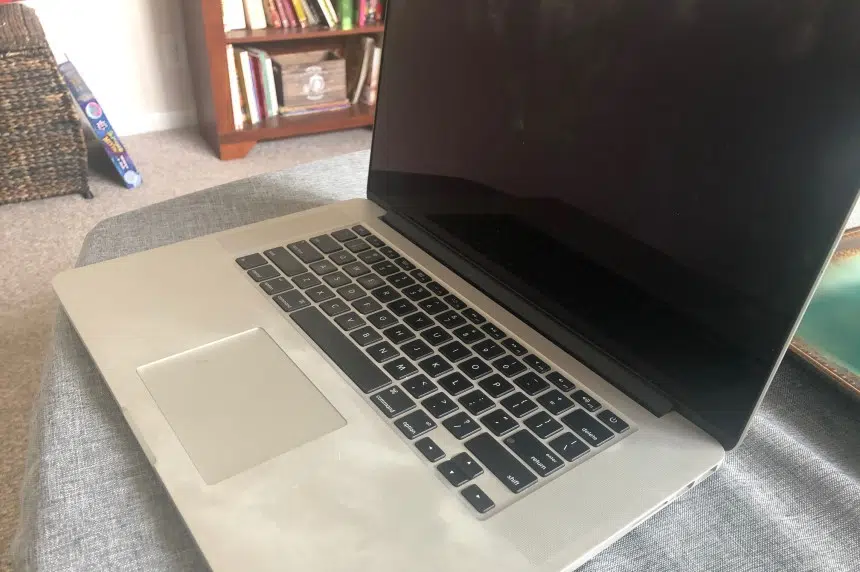Has the COVID-19 pandemic contributed to more racists attacks against Asian people online? That’s what a University of Saskatchewan assistant linguistics professor and his team want to figure out.
Over the next year, Zhi Li and his team, along with the Saskatchewan Human Rights Commission (SHRC), are going to try and figure out what constitutes a racist tweet and where they come from.
They’ll be looking at 80 million tweets that originate in Canada beginning in October 2019 and continuing through to the present time.
“It will be very informative for us to truly understand what has happened in our online communities and see whether we could see some patterns, or whether we could see some relationships between online behaviours and offline behaviours,” he explained.
The group will identify racist content in their database and then use the numbers to come up with a computer algorithm that can then find racist posts related to the COVID-19 pandemic.
“It has been reported in very many places that offline we have seen a lot of attacks and abuse against Asian communities after coronavirus,” he said.
While his team will begin with Twitter, in the future the study might include other social media platforms including Facebook and Reddit. He hopes the information gathered in the future will help educate and inform people about what racist content is.
“Because we’re partnered with the Saskatchewan Human Rights Commission, we would like to see if we could approach this issue from some policy-making perspectives or educational perspectives,” he added.
U of S sociologist Hongming Cheng, who will also be involved in the study, says racist incidents online and in reality — like the one that occurred at Saskatoon’s Mai’s Kitchen Vietnamese Restaurant last week — aren’t out of the ordinary.
The video has been viewed thousands of times and widely condemned. It prompted an outpouring of support from members of the community and even from other restaurants.
“Hate and racism never actually stops in history, but COVID-19 has somewhat facilitated the situation, especially against Asian people because of the rumours surrounding the reasons or the factors contributing to COVID,” Cheng said.
And he added that social media platforms have technologically helped spread racist messages and content.
“When COVID-19 happened, I guess society needed somebody or some people or some individuals to get blamed for the situation,” Cheng said. “In that way, (most) vulnerable people and in this case Chinese or Asian people are going to be targeted … Social media is so quick to spread those messages all around.”
Li’s team and the SHRC were awarded $25,000 from Social Sciences and Humanities Research Council of Canada to undertake the study.







